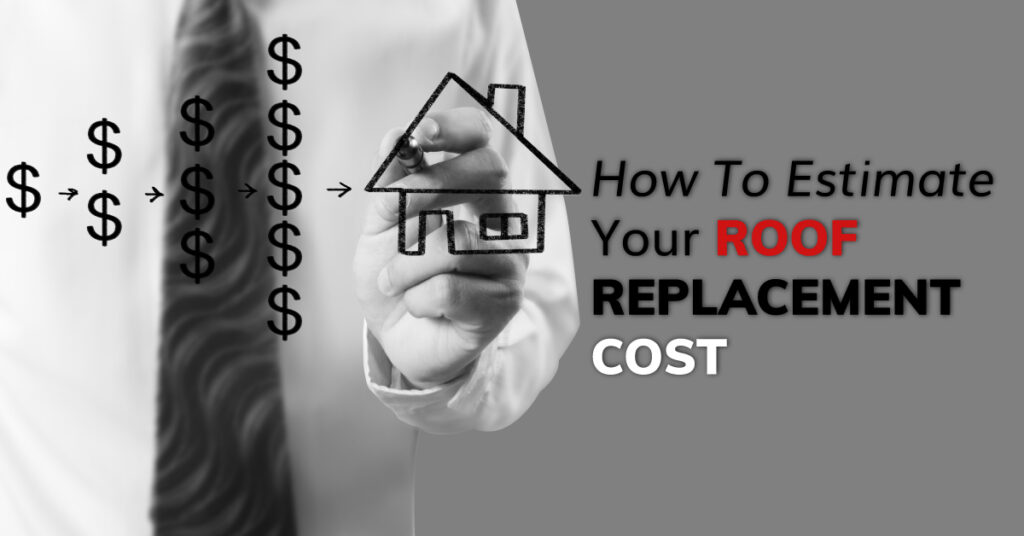Your roof takes everything Mother Nature can throw at it. Wind and rain, sleet and snow, blazing heat and bitter cold—your shingle roof withstands a lot of punishment over its lifetime.
However there inevitably comes a time when your roof must be replaced. When this day arrives, it’s important you work with an honest and experienced shingle roof contractor who will do quality work, and make sure you know all you need to know about your shingle roof replacement.
Lifespan of a Shingle Roof
Residential roofs are made to last a long time. The lifespan depends on many factors, including the types and quality of materials used, as well as the quality of installation. In any case, if you’ve recently had your roof replaced, it’s unlikely you will need to have it replaced again any time soon. Each type of roofing material has a slightly different lifespan:
- Asphalt shingles: 20 years
- Wood shake roofs: 30 years
- Fiber cement shingles: 25 years
Of course, no matter what type of roofing material you have, it must be properly maintained to last its fullest lifespan. Plus, if you have an older home and the roof has not been replaced since before you bought it, you may not even know how old the shingles are.
Making Your Roof Last Longer
To some degree, how long your roof lasts is up to you. Granted, there are natural disasters and “acts of god” which can shorten your roof’s lifespan. Anything from a severe storm to a fallen tree can take its toll. Most of the factors which shorten the lifespan of a shingle roof are within your control. Routine roof maintenance is one of the most important ways to make your roof last longer. Maintenance should include:
- Inspecting your shingles for signs of damage
- Cleaning the roof surface to remove dirt, debris, moss and mildew
- Keeping gutters clear so runoff can flow freely
- Checking flashing and other potential problem areas
Work with your roofing professional to develop a routine maintenance plan which involves having your roof professionally cleaned and inspected at least once annually (but preferably twice). Your roof should ideally be inspected every spring and fall to ensure it’s in good condition. Maintenance is also essential for catching minor roof issues before they become major problems.
Determining if You Need a New Roof
It’s not always easy to determine if you need a new roof. When in doubt, always consult a roofing professional. Any time you notice roof damage or signs of a leak, it’s important to schedule a professional roof inspection as soon as possible to assess the situation. Signs of a roof problem include:
- Damaged shingles, including cracked, broken or missing shingles.
- Asphalt shingles lose their “grit,” in which case you will see particles of asphalt in your gutters and on the ground around your house.
- Abundant growth of moss, lichens, mild and mildew on the surface of your roof.
- Signs of water damage inside your attic, including mold growth and water stains.
It’s important to also keep in mind while any of the above can be a sign of trouble, none of them necessarily mean your whole roof must be replaced. Shingles are easy to replace, and if only a few are damaged, the repairs may be simple and affordable. The key to avoiding a complete roof replacement is to have your roof checked frequently so minor issues can be repaired before they become more serious.
Shingle Roof Cost
If indeed the time has come and you need a shingle roof replacement, the biggest question on your mind is probably, “how much will it cost?” There are a host of factors contributing to the total cost of a shingle roof replacement, including:
- How many stories is your house? Taller houses require more labor and safety precautions for getting on the roof.
- The square footage of your roof is also a factor, and it’s important to remember the square footage of your roof is different from the square footage of your house.
- Different roofing materials and shingle types have different costs per square foot.
- Steeply pitched roofs are more dangerous to work on, and the cost may be higher.
- The number of layers which need to be replaced affects pricing.
Most importantly, you should only work with a trusted roofing contractor who will be upfront and transparent about cost. Ask for a written estimate, and don’t hesitate to ask any questions you may have. Ready to learn more about working with Pinnacle Roofing for your shingle roof replacement? Contact us today. Our team is dedicated to making sure every roof is safe and sound in New York’s Capitol Region and Southern Vermont.



